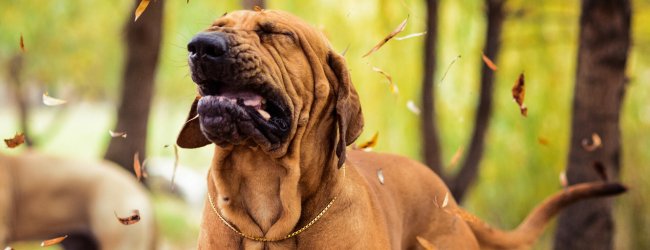 Approved by Dr. Dwight Alleyne, DVM
Approved by Dr. Dwight Alleyne, DVM Dealing With Dog Diarrhea: Tips For An Upset Tummy
Dealing with an upset tummy can be bad enough, but when you've got diarrhea in dogs...well, it could be due to harmless reasons - or more serious ones. Here's how to deal with it, step by step.
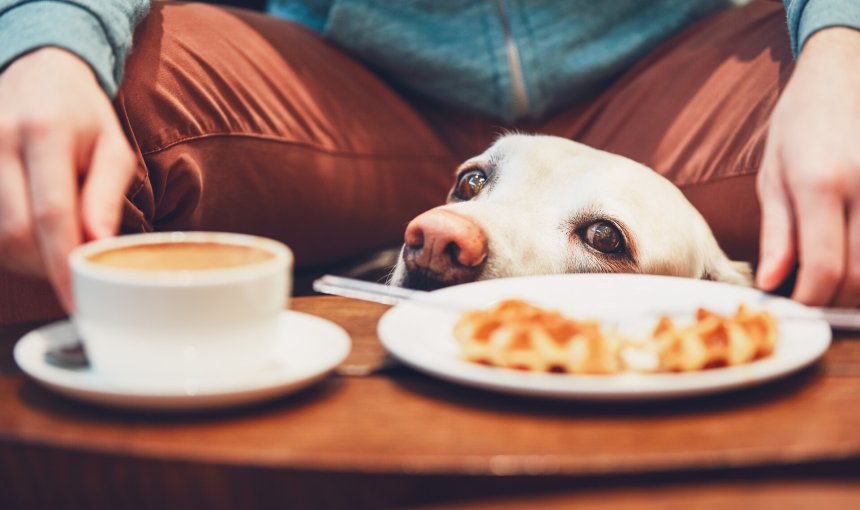
We’ve all had that one, rather…well, memorable Chipotle meal – but when it comes to diarrhea in dogs, things might get a bit more serious. Both puppies and senior dogs can develop it and the causes range from relatively harmless (and temporary) to more major health conditions that warrant an immediate vet visit.
So here’s everything you need to know to handle diarrhea in dogs – and why you should consider monitoring their movements to stay on top of where they’re getting fed.
Am I dealing a case of dog diarrhea…or something else?
Dog diarrhea is when there’s an unusual increase in the amount of fluid in their poo. Meaning excessively loose, watery and frequent stools. While nearly all dogs get diarrhea at some point in their lives, most cases are mild and short-lived.
At the same time, it can be frustrating – and worrying – to deal with. Not only does it mean a mess to clean up, it also is a sign your dog is likely sick, suffering from a belly ache or maybe something more serious.
Chances are, you know what a normal bowel movement for your buddy looks like. Firm, brown, and in the shape of a log – this is what normal or healthy dog poo looks like. So if your dog has diarrhea, it’s important to know why this can happen and how you can best help them.
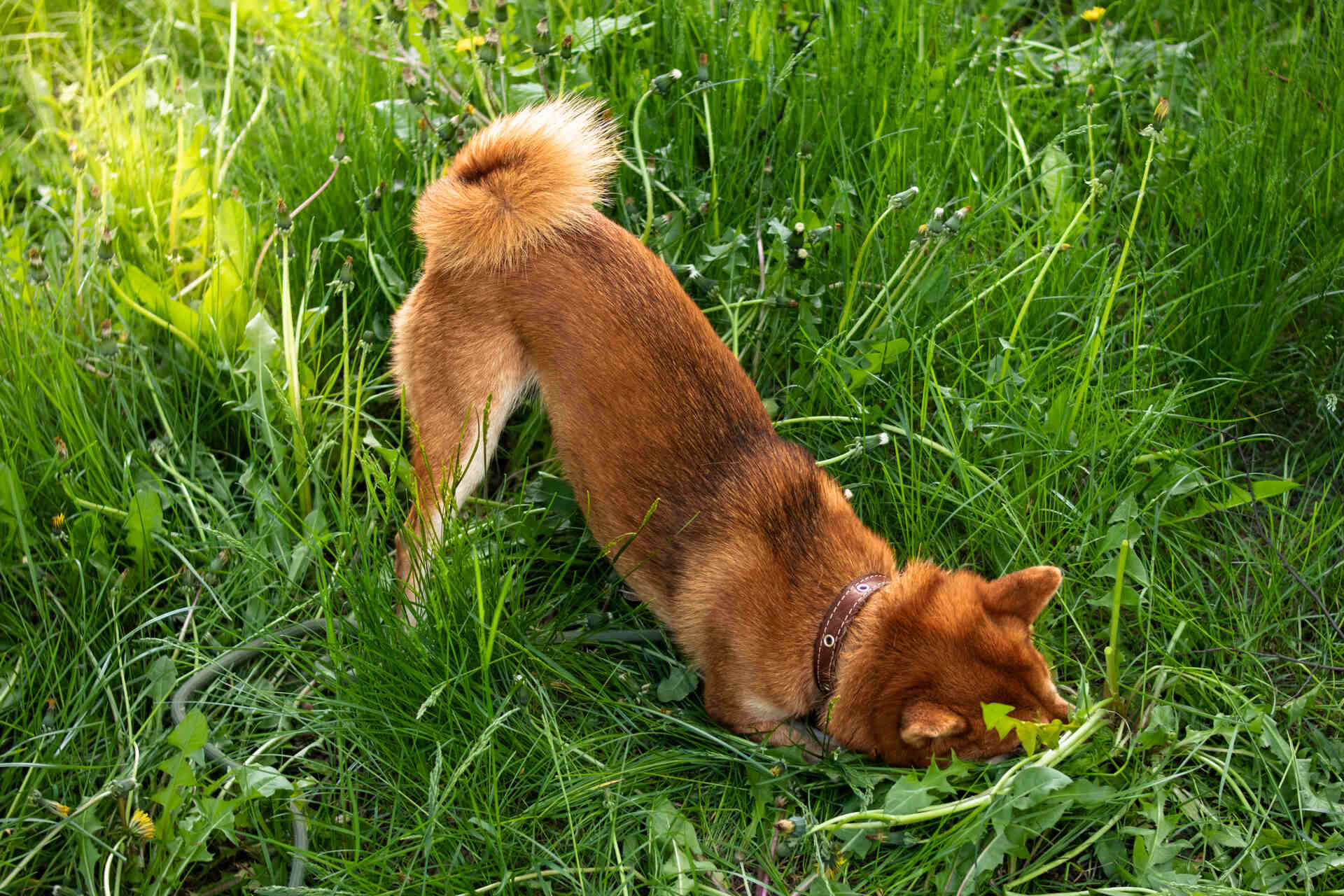
What can cause dog diarrhea?
There are many potential causes for dog diarrhea. Commons reasons why dogs get diarrhea include eating trash, spoiled or toxic food, and changes to their diet. As well as:
- Food intolerances
- Eating food that’s gone bad (including from a garbage dump)
- Accidentally eating poisonous substances, toxic plants, rocks, bones, fabric, carpet, and other indigestible materials
- An allergic reaction to certain types of food (e.g. milk, wheat gluten, soy, corn, beef)
- Bacterial or viral infection
- Internal parasites
- Kidney or liver disease
- Cancer or other tumors of the digestive tract
- Certain medications
- Stress or emotional disturbances
- Poor quality diet
💡Some vets recommend keeping your dog on monthly heartworm prevention, which can help protect against internal parasites.
But of course, make sure to get the green light from your vet first, keeping in mind your buddy’s individual needs.
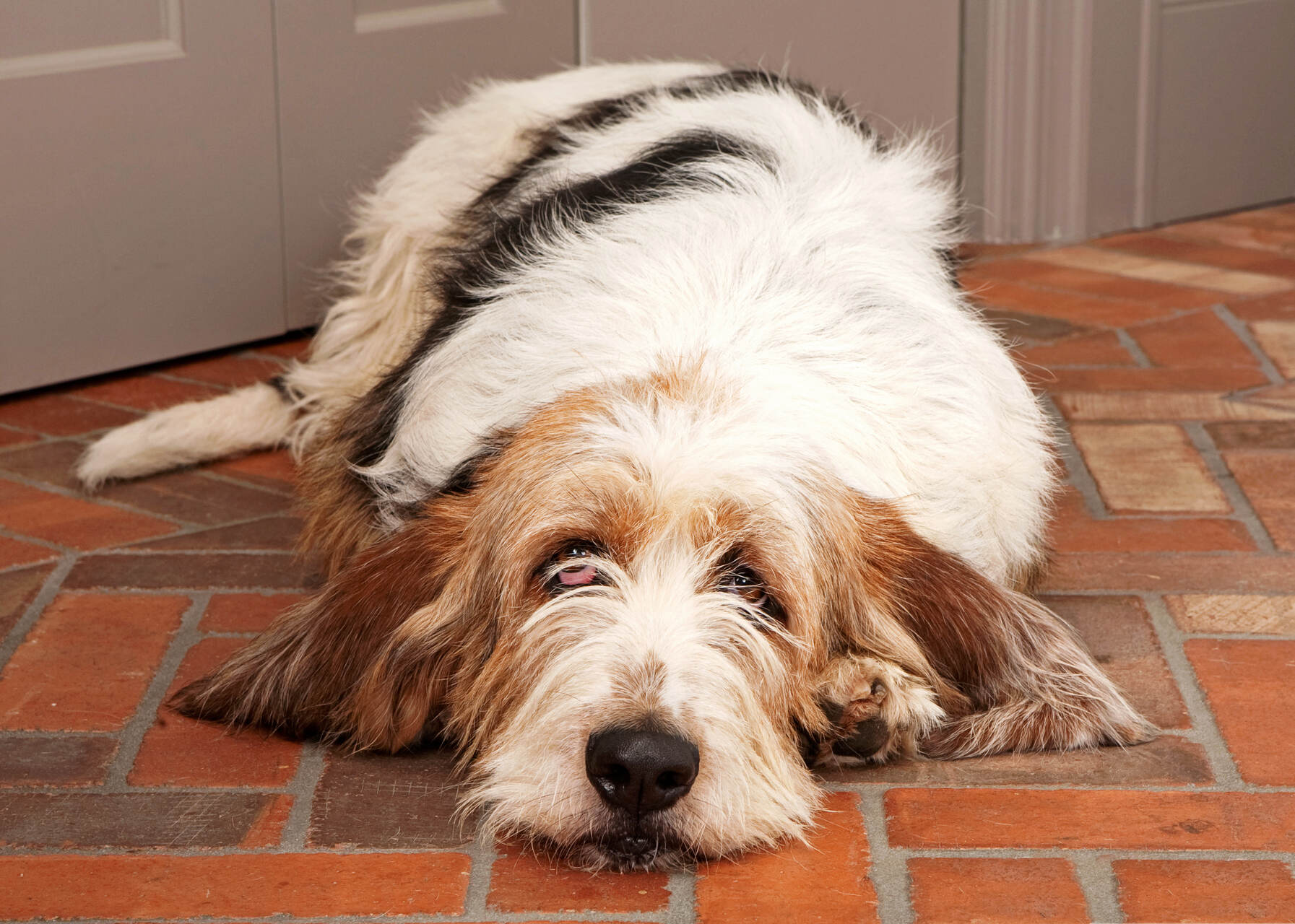
Now you might be feeding your dog regularly with healthy, high-quality meals – so now you’re wondering:
How (or more like, where) is my dog coming in contact with bacteria, parasites, or food from the trash?
The short answer: practically everywhere! Some dogs are so food-motivated, they’ll accept treats and tidbits even when they’ve been well-fed. Others might sneak a few bites of food or trash tossed on the street when you’re out on your daily walks. (Or from your kitchen floor when you’re preparing Sunday roast.)
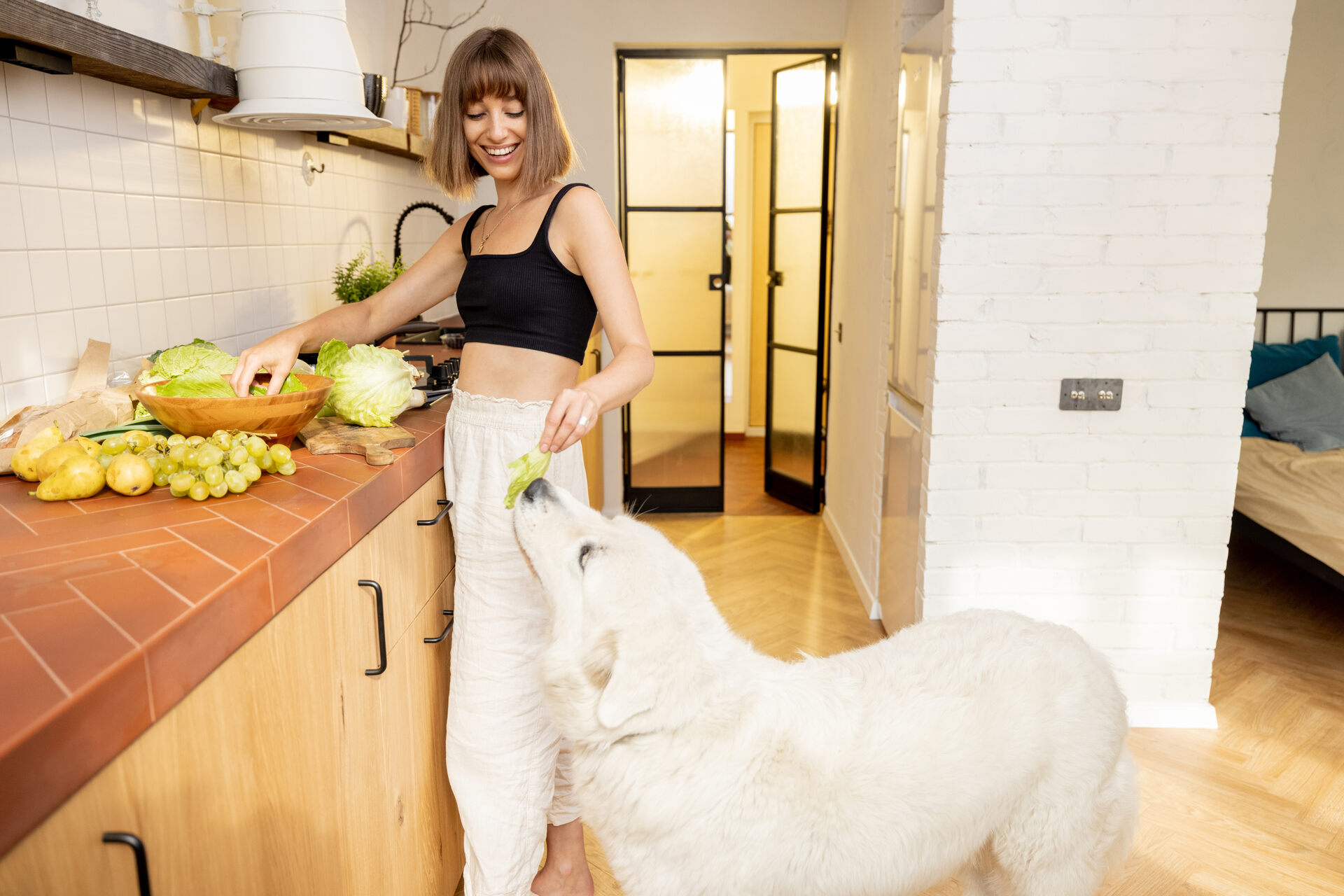
Which is where you’ll find it helpful to:
Monitor your dog’s every morsel
Epecially if they like to accompany you to the kitchen. Turns out, a whole bunch of harmless, even healthy foods (like onions, garlic, and mushrooms) can be fatally toxic to them!
Read more: What Can Dogs Not Eat? 15 Foods Poisonous To Dogs
Set some firm boundaries regarding your dog’s meals
Whether it’s your friends, loved ones, kids, housemates, or whoever’s feeding your dog. Much like cats, dogs tend to do best when you feed, play with, and put them to bed along a consistent schedule. So a sudden influx of guests (and treats) can both stress them out and put their digestion for a tailspin.
For example, one of your kids might be palming off some unwanted veggies to your dog – which might seem funny, until you realize they’ve fed them a broccoli stem or a slice of onion. (And now you’re dealing with a sick dog.)
Else, someone might poison them by accident feeding them something your dog really shouldn’t be eating. (Like a dog-sitter or a neigbor, if your buddy is in the habit of wandering around your neighborhood, getting friendly with everyone.)
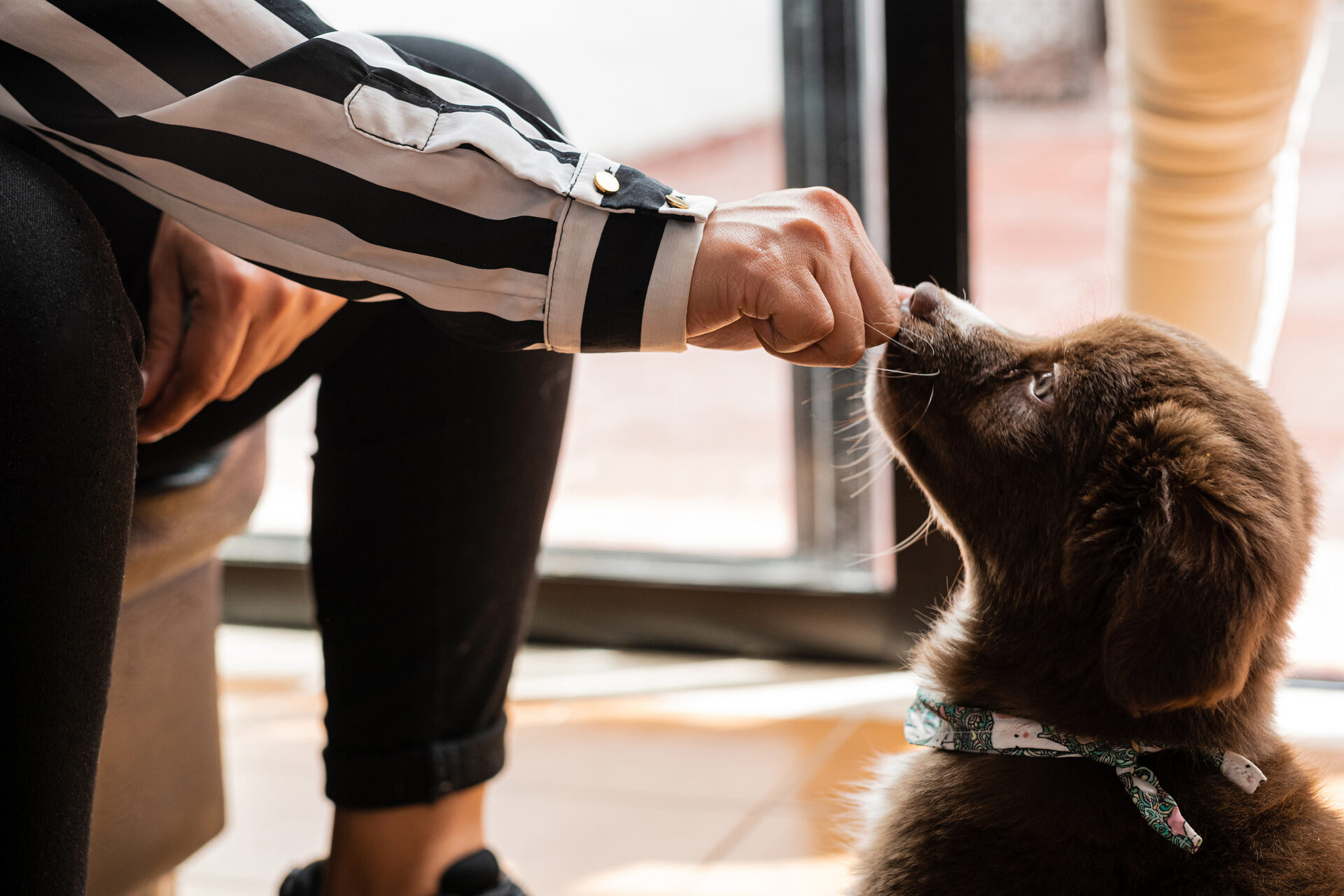
Which is why it also makes sense to…
Figure out where your dog like to hang out the most
It could be at your neighbors’, the local park, or even the town next over – if your dog is a bit of a free spirit, you’re best off knowing exactly where they’re off wandering.
Why? Because as a responsible dog parent, it’s always worth preparing for the worst case scenario. There’s just no telling what kind of mischief your free-range buddy might get up to. Including:
- Eating something out of the neighborhood trash disposal
- Coming in contact with toxic substances like snail bait, poisonous plants, or pesticides
- Getting fed something they really shouldn’t be eating (by a neighbor, passersby, or even a dog thief)
(And this isn’t even counting the chances your dog might end up getting hit by a car, injured in a fight with another pet or person, or just lost – too far from safety.)
Read more:
- The Fun(gi) Facts: Can Dogs Eat Mushrooms?
- The Danger Of Snail Bait For Dogs
- Toxic To Dogs: Dog Parents Beware Of These Common Dog Poisons
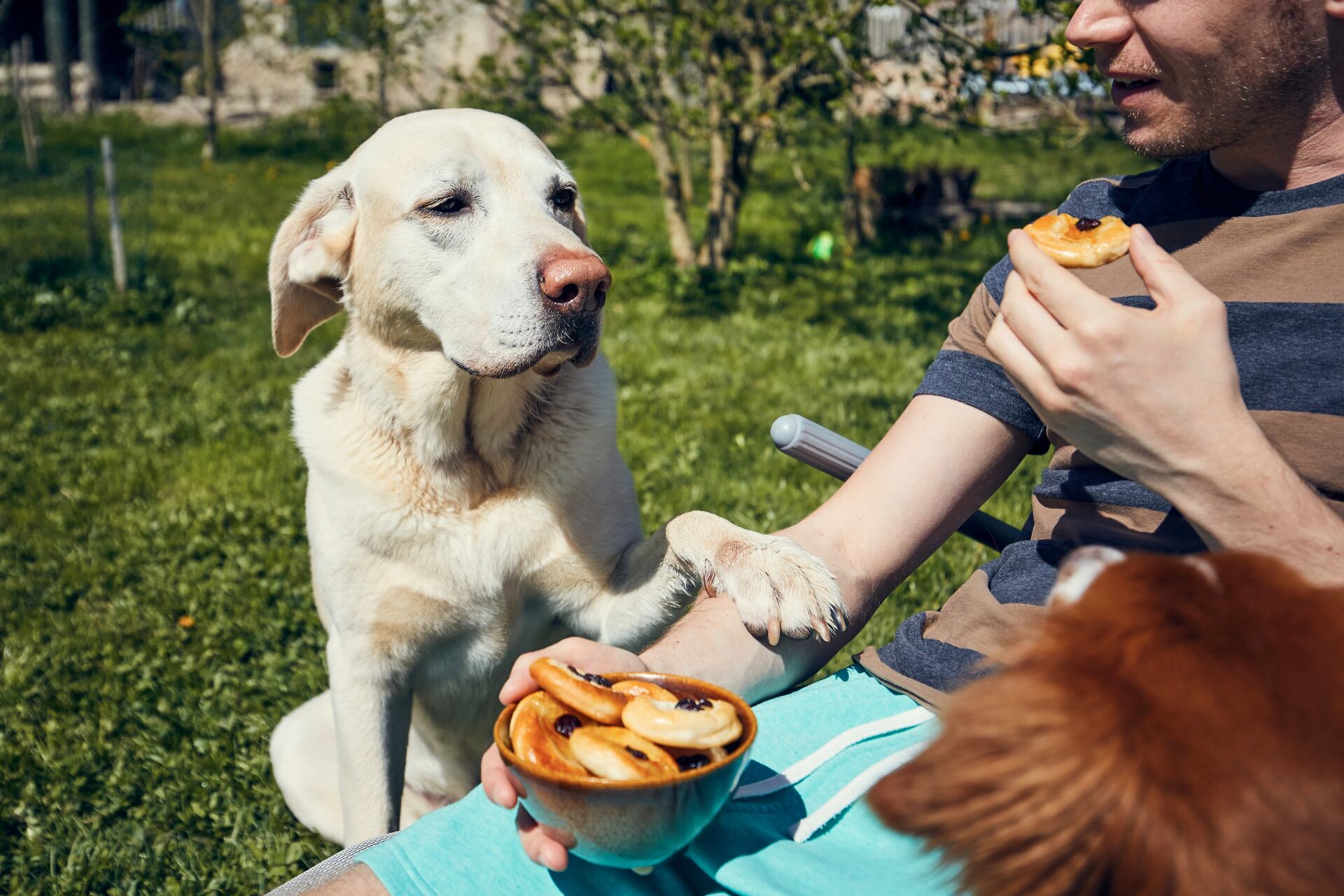
💡That’s why dog parents around the world – just like you – are strapping GPS trackers to their buddies’ collars.
Meaning, you can now track your dog in real-time, over an unlimited range – all with just a glance at your phone.
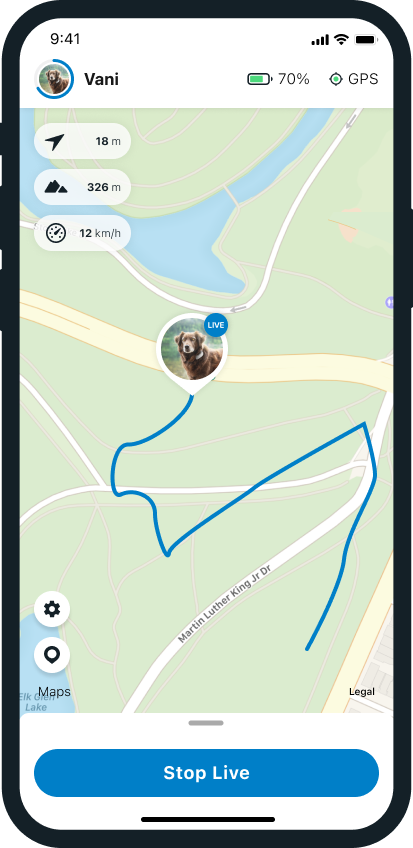
Besides, your trusty Tractive device also offers a 24-hour Heat Map & Location History. (365 days on a Premium subscription.)
Which, with time, can help you figure out:
- Which spots around town your dog likes to spend most of their time
- Whether you should mark these spots as “safe zones” or “no go zones”
- Which parts of your fence need patching
- Where to look first if your dog goes missing
Read more: Why Do Dogs Run Away? 6 Reasons Behind It
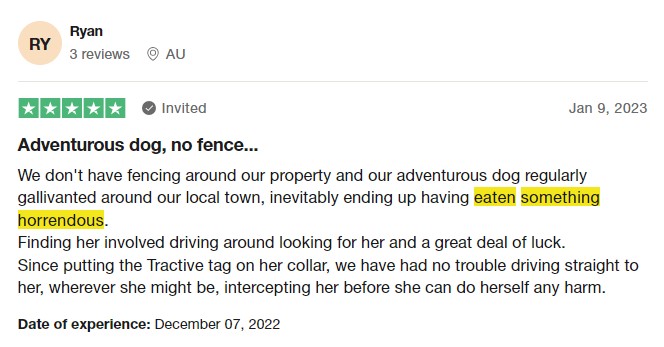
What should you do if your dog gets diarrhea?
In most cases, dog diarrhea is mild and may pass entirely by itself without much fuss. Here are some basic tips for dealing with it:
1) Deal with the mess.
If your dog has diarrhea, chances are they won’t be able to make it outside in time, and you may now be dealing with a pretty stinky mess. Try to clean up the poo as soon as possible, and disinfect the area.
Now this is going to sound gross, but bear with us: check the feces for blood, mucus, and consistency.
- This information will come in handy in case you need to consult your vet.
- So while you should clean up as soon as possible, it’s not a bad idea to collect a sample for your vet. This way, they can examine your dog’s stools for more information on what has caused their diarrhea.
2) Keep an eye on your dog’s behavior.
After your dog has had diarrhea, it’s important to see if you can spot any changes in their behavior that might indicate signs of serious illness. (Which we cover in the next point.)
Now you might be wondering, my dog has diarrhea but is acting fine – what gives? Which isn’t entirely out of the ordinary either. In these cases, just give your buddy some time (and plenty of water.) It’s likely their upset tummy will pass by itself and they’ll be back to full health shortly.
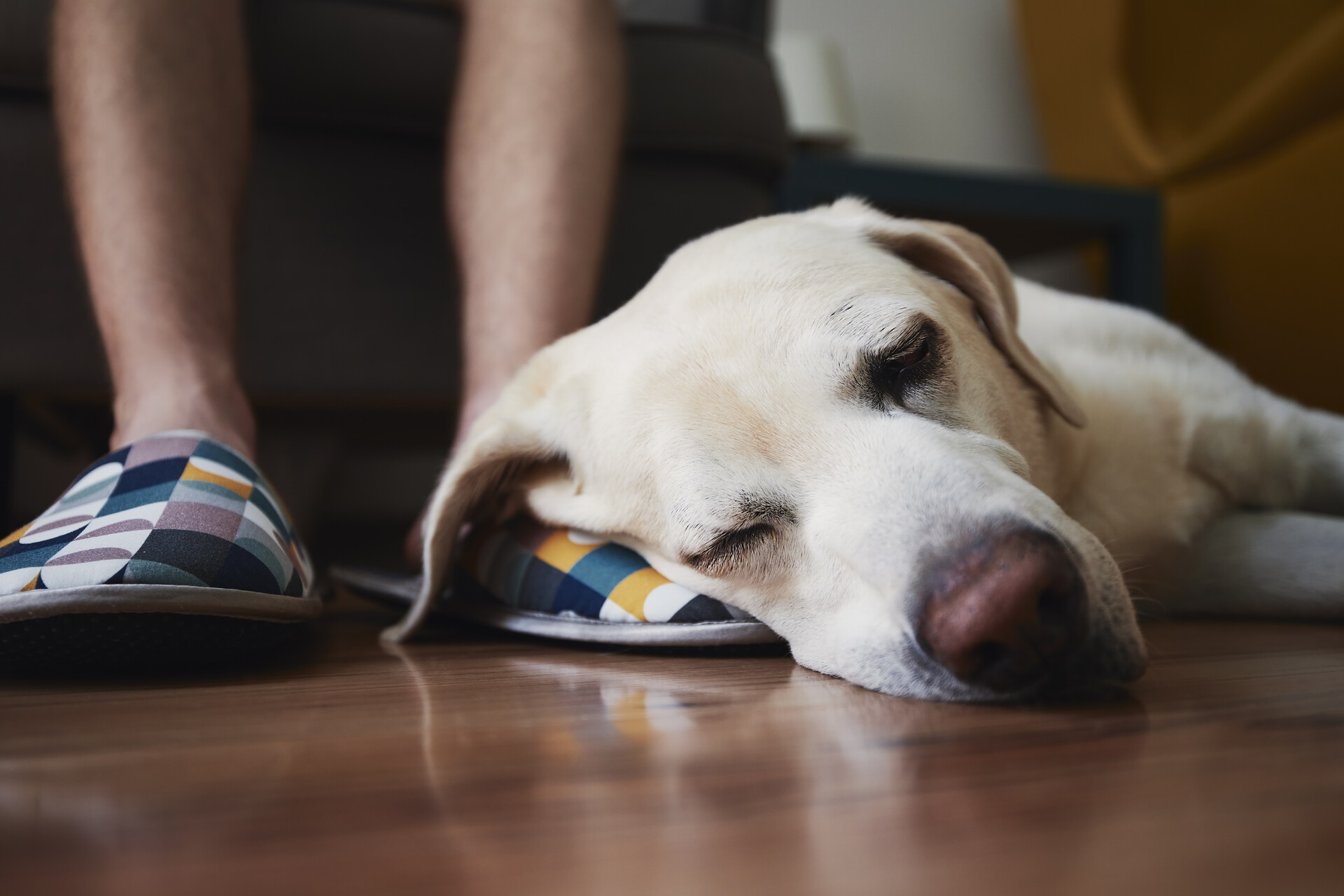
💡 If things just don’t seem right, remember the golden rule: when in doubt, call your vet. You know your dog, and only you know the signs that something is wrong. Trust your instincts and if you think you need veterinary guidance, pick up the phone.
3) Call your vet.
While most are not serious, some cases of dog diarrhea may indicate that your dog is suffering from a serious illness, poisoning, or injury.
So if you see signs any of the following signs after the diarrhea, contact your vet immediately:
- Lethargy or lack of energy
- Poor appetite
- Blood in diarrhea
- Fever
- Vomiting
- Discomfort or pain
- Signs that your dog may have swallowed a toxic substance or foreign object (like hacking, gagging, coughing, or wheezing)
- Pale gums
- Black, tarry poo
- Longer diarrhea (lasting over 24 hours)
If you have a puppy, it’s important to call the vet immediately at the first signs of diarrhea. Similarly, if you have an elderly or medically frail dog suffering from diarrhea, tell your vet right away. Diarrhea in puppies should be treated as a potential emergency, so call your vet immediately.¹.
How to manage diarrhea in dogs
Once you have dealt with the initial situation and contacted your vet if necessary, you can take the following steps to manage your dog’s diarrhea:
1) Give your dog a break from food
Your vet might advise you to withhold food for up to 12-24 hours. This can help your dog’s stomach time to clear out after diarrhea.
Else, your vet might also prescribe you a specific diet to feed to your buddy in small amounts. (Especially if you’ve got a puppy or a senior dog at home, since they need some extra nutrients.)
2) Ensure your dog drinks plenty of water
During fasting, it is essential to make sure your dog drinks enough water to replenish the fluids lost during their diarrhea episode(s). Like humans, dog should be well-hydrated at all times, especially if they’ve experienced diarrhea recently.
Diarrhea can lead to dehydration, so it’s important to give your dog access to water at all times.
If you notice that your dog is not drinking enough water, use low-sodium broth, ice cubes, or a water fountain to encourage your dog to drink more.
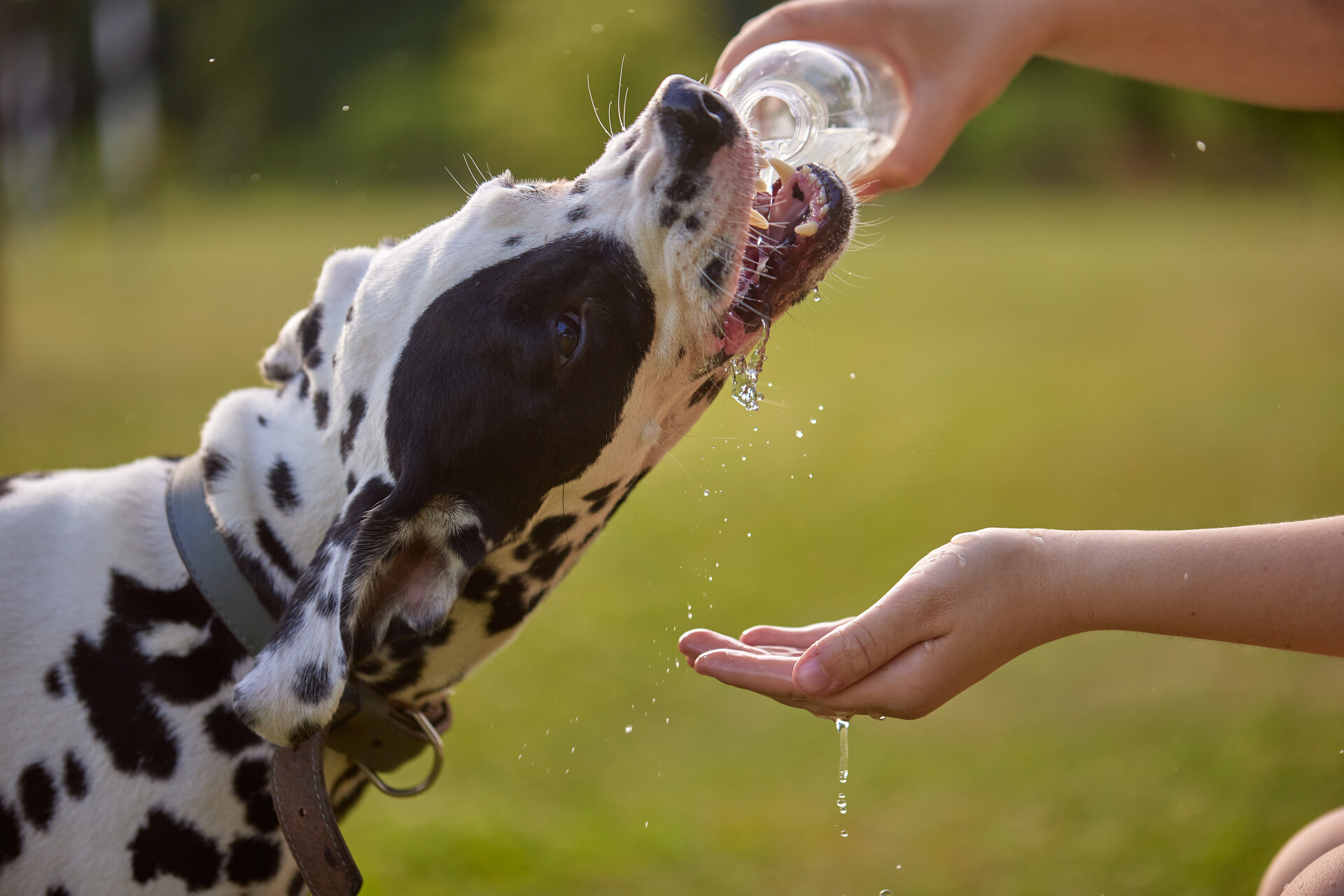
3) Feed a bland diet
After fasting, your vet might prescribe a bland food diet for your dog. This might include simple, easy-to-digest options like:
- Boiled white rice
- Boiled chicken
- Boiled ground beef
Do not give your dog bones, snacks, or table scraps. This may irritate their intestines during this time.
Feed your dog in several small meals over the course of the day. After each meal, wait 2 hours to check for vomiting or diarrhea. If none, it’s safe to feed them again.
Gradually increase the amount of food until your dog has a solid, formed poo. If this is all working, you can start bringing your pet back to their regular food over the course of a week.
4) Follow your vet’s prescribed meds for the full course
Your vet might also prescribe you specific medication to treat your dog’s diarrhea, including anti-diarrheal agents, probiotics, and/or de-worming tablets. Always make sure to use these medications for the full course – i.e., until you’ve finished all of the tablets or similar – even if your dog seems to be getting better quite soon.
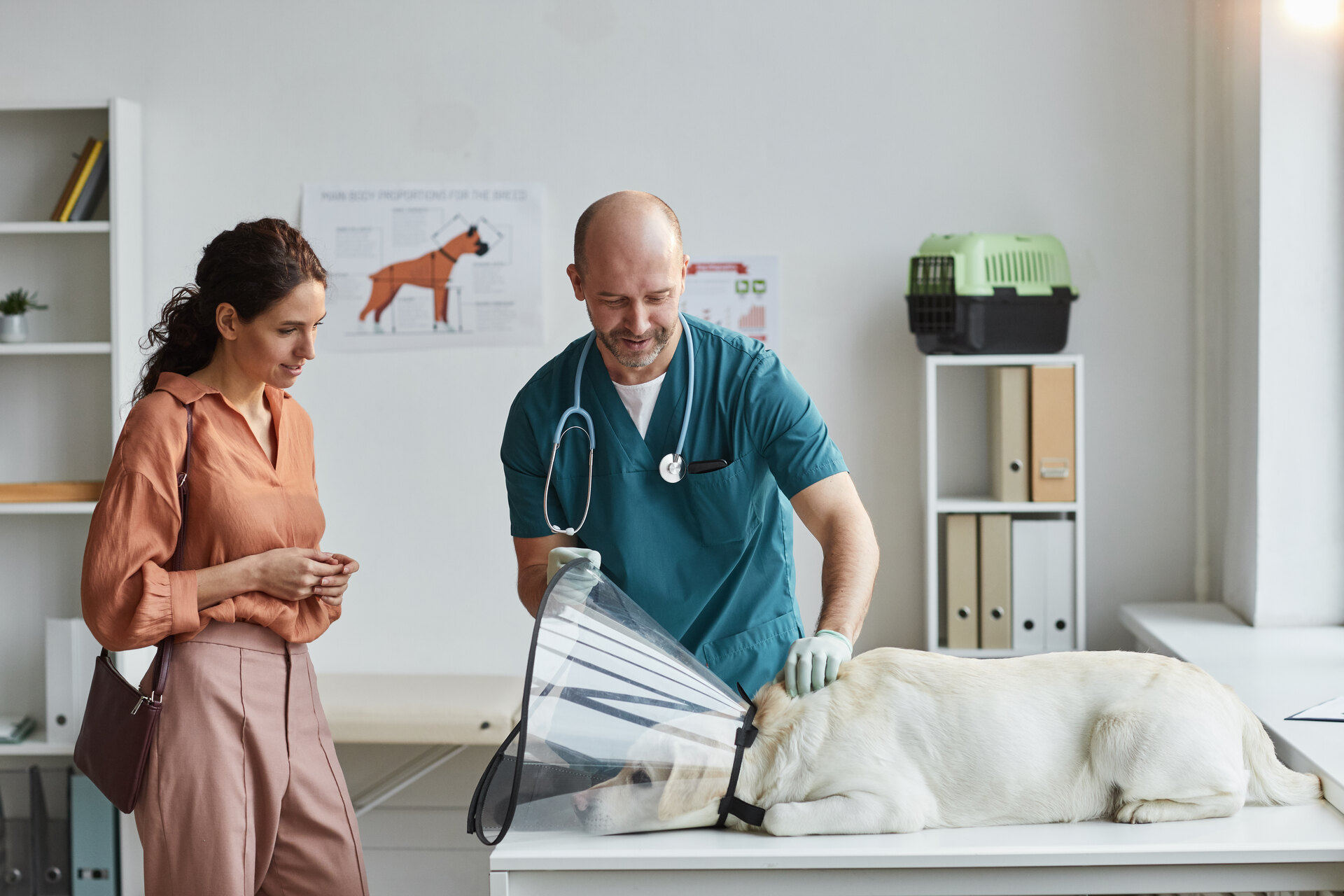
⚠️ Always make sure to consult your vet before offering anything to your dog. Many medications designed for humans can be fatally toxic to dogs!
Manage your dog’s upset tummy like a pro – with these steps
If your dog has suffered from diarrhea recently, not to fear! In cases of simple diarrhea, most dogs will make a complete and speedy recovery. However, if your dog has chronic diarrhea, or an underlying health issue, this may require regular dietary treatment or medication to keep the condition under control.
The main causes of diarrhea in dogs include:
- Food intolerances
- Eating food that’s gone bad (including from a garbage dump)
- Accidentally eating poisonous substances, toxic plants, rocks, bones, fabric, carpet, and other indigestible materials
- An allergic reaction to certain types of food (e.g. milk, wheat gluten, soy, corn, beef)
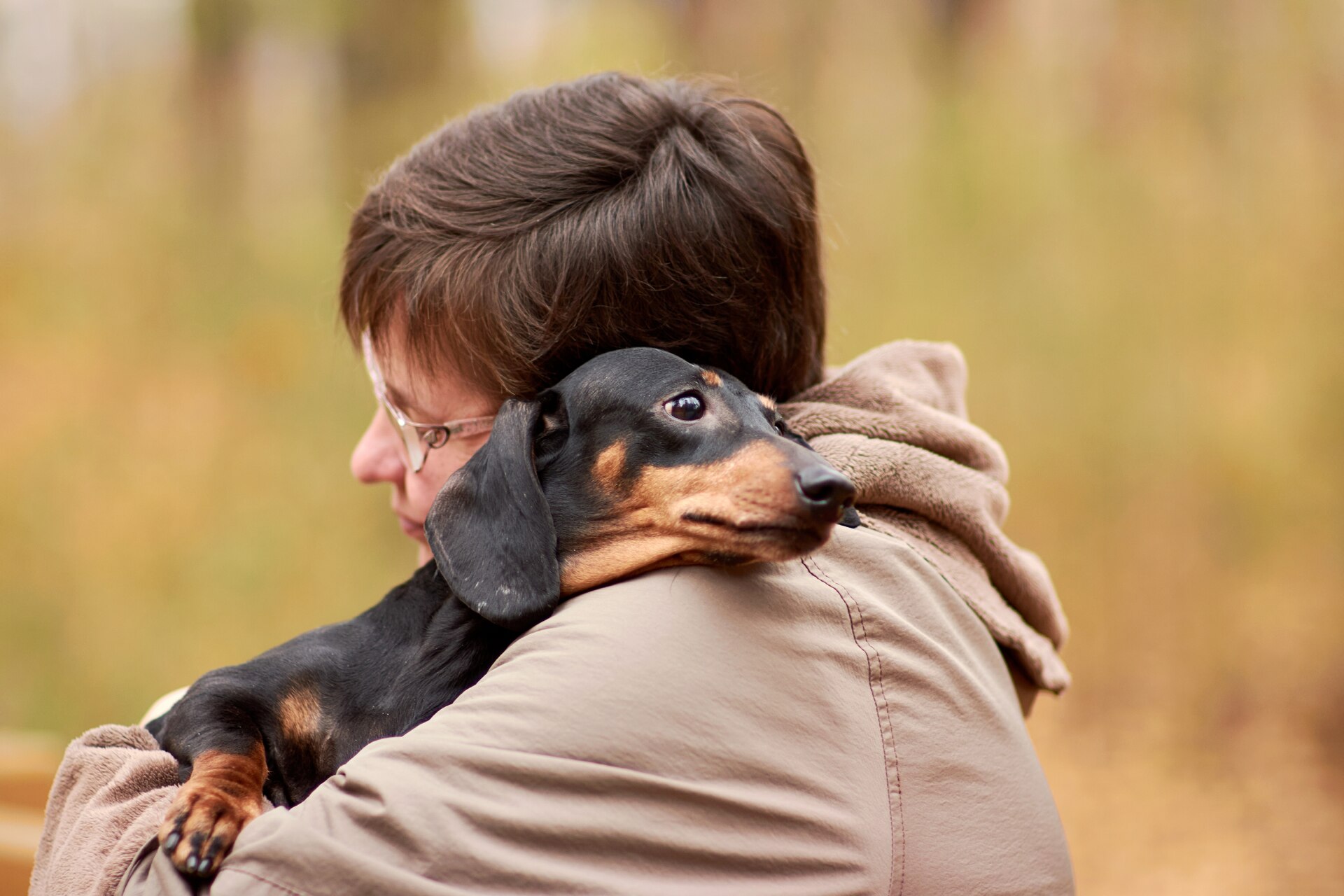
- Bacterial or viral infection
- Internal parasites
- Kidney or liver disease
- Cancer or other tumors of the digestive tract
- Certain medications
- Stress or emotional disturbances
- Poor quality diet
And the main ways to manage dog diarrhea include:
- Putting your dog on a fast for 12-24 hours
- Ensuring your dog has plenty of water to drink throughout the day
- Feeding your dog bland, easily-digestible foods in small amounts throughout the day
- Following your vet’s prescribed treatments to the full course
Speak to your vet if your dog’s diarrhea lasts more than 24 hours.
Most importantly, you can prevent diarrhea in dogs by:
- Monitoring your dog’s meal times – to make sure they aren’t sneaking in some hidden bites, licks, and tastes here and there.
- Keeping in touch with your vet, who can prescribe specific medications (including those for heartworms) which can protect against internal parasites.
- Setting some firm boundaries with whoever else might be feeding your dog, so they don’t accidentally poison them.
- Tracking where your dog’s been wandering, so you can intervene and prevent them from accepting food from strangers, eating out of a local trash bin, or coming in contact with toxic substances (like poison bait or pesticides.)
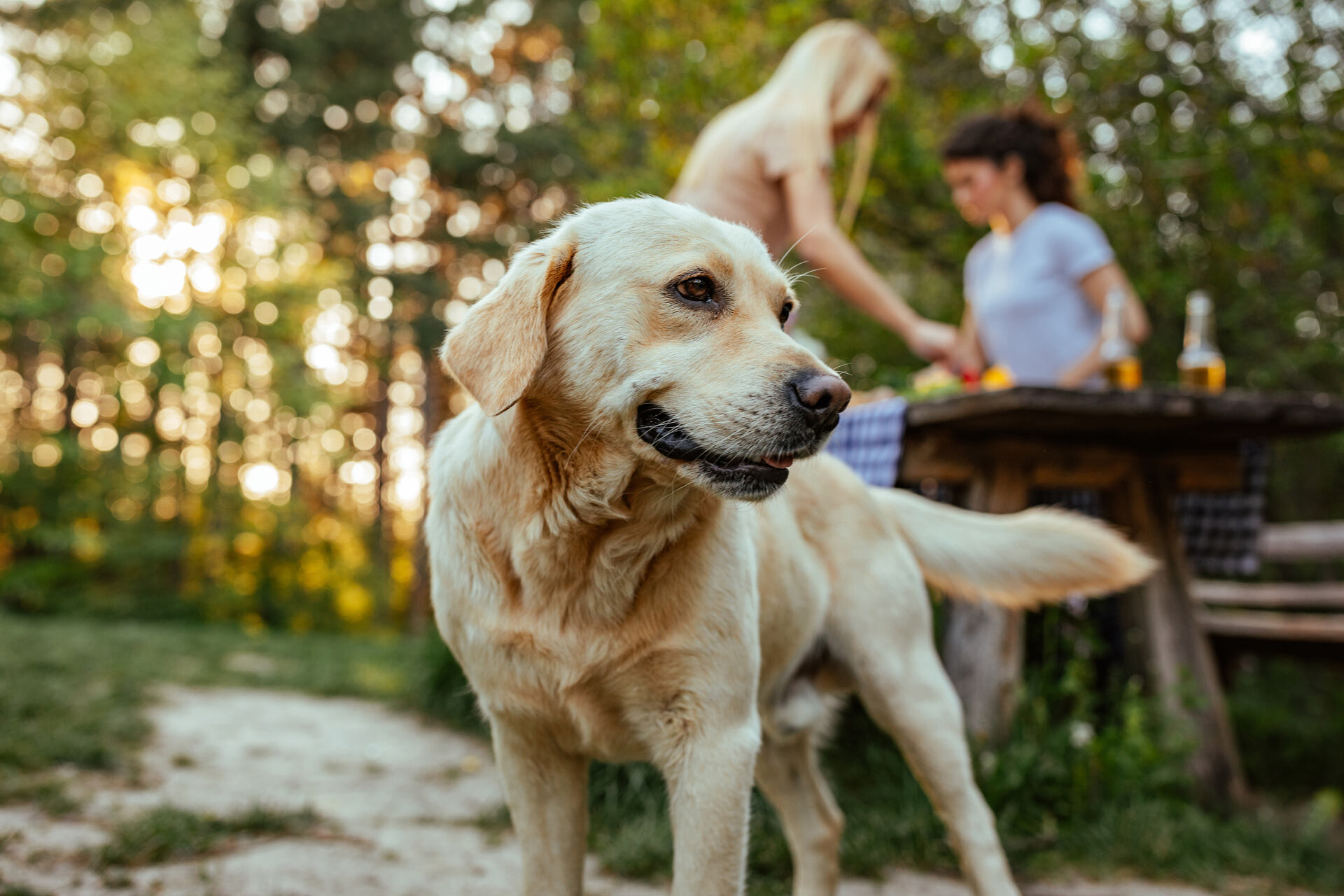
⚠️ Because when you’re dealing with a dog wandering around in the outdoors, it’s always worth taking that extra step – and planning for an emergency.
And if you’ve invested in a Tractive device, you can now:
- Track your dog in real-time
- Over an unlimited range
- Across 175 countries (on a Premium subscription) – so even while on vacation
- Figure out which spots in town your dog might be getting some extra nibbles
…and tons of other features built with love for dogs – and for your peace of mind as a dog parent.
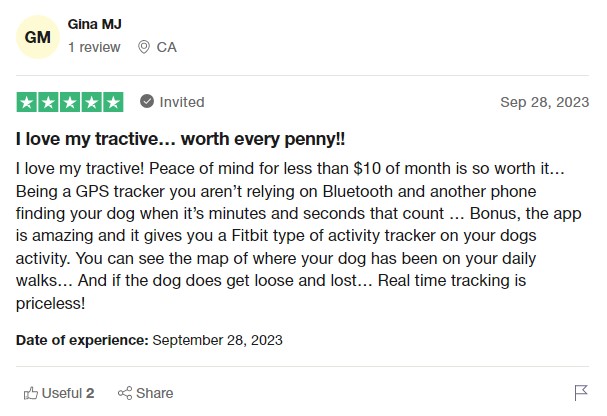
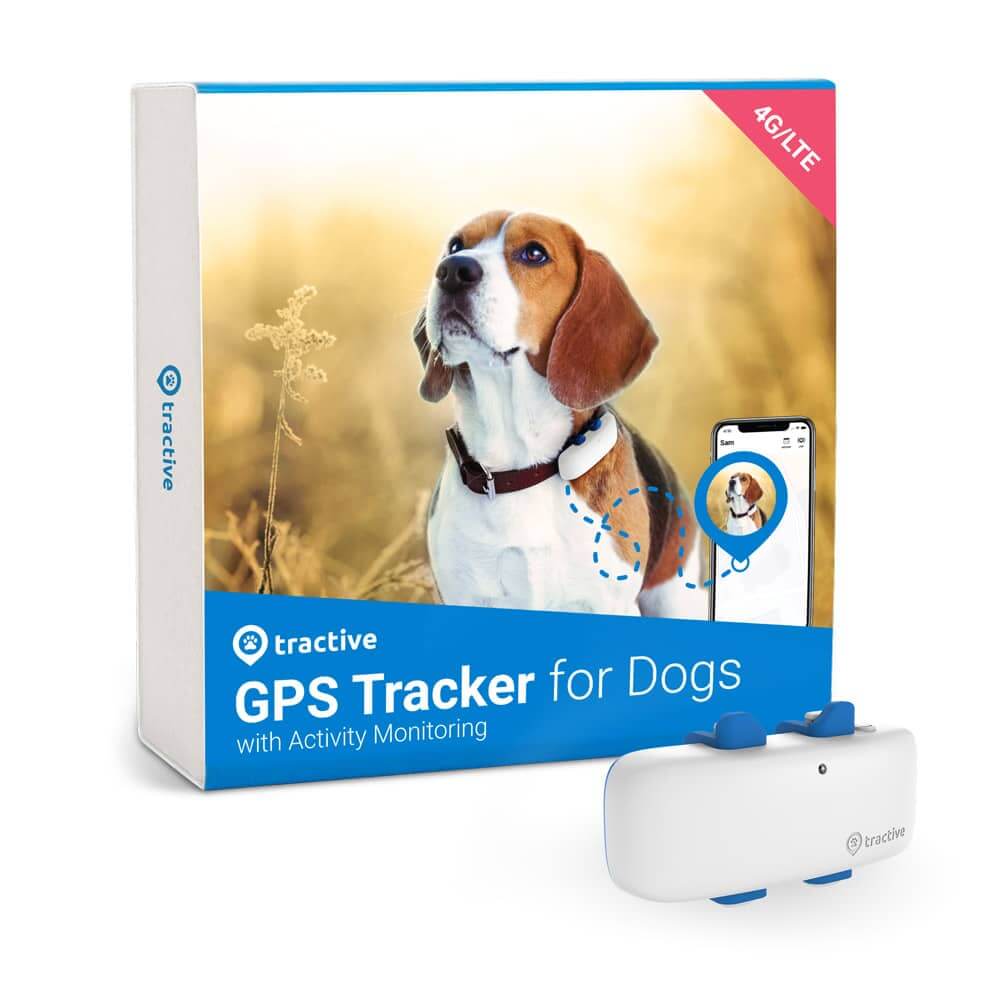
Always know where your dog is
Follow every step in real-time with unlimited range. Get alerts if they wander too far. Keep them happy & healthy with Wellness Monitoring. And let others – like walkers or sitters – keep an eye on your dog too.
For more information on dealing with dog diarrhea, check out this video by the American Kennel Club:
And if you’ve liked this post, share it with a friend or a loved one – and let’s help build a safer, kinder world for our furry friends together.
Your furry friend’s health and wellbeing means as much as to us as it does to you. So we’ve made it a priority to only share medically-relevant content on our blog.
This post was checked, double-checked, and medically verified by Georgia-based vet, Dr. Dwight Alleyne.
Dr. Dwight Alleyne, DVM
Dwight Alleyne was born and raised in Long Island, New York where his love of animals began. His career for animals began working for a well-known no-kill animal shelter on Long Island.
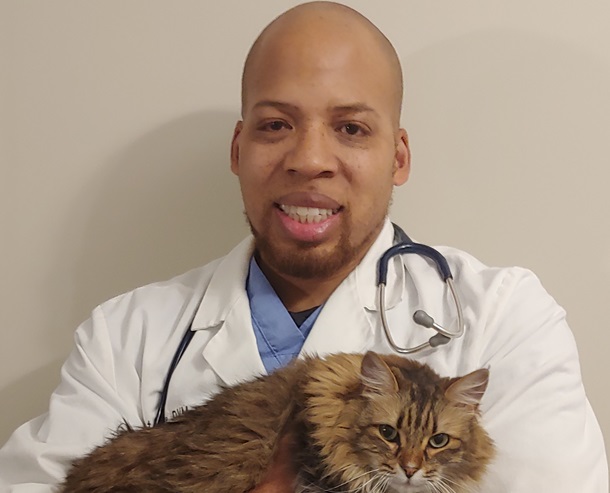
He worked his way up the career ladder working as a kennel technician, veterinary assistant, and then becoming a licensed veterinary technician at the shelter.
His passion for veterinary medicine led to him applying to and being accepted at Cornell University Veterinary where he graduated from in 2006. After completing a small animal rotating internship at Purdue University, he eventually made his way to Georgia where he has been practicing ever since.
Dr. Alleyne has practiced at several small animal clinics throughout Georgia. He has a keen interest in soft tissue surgery and has extensive experience in performing ultrasounds including echocardiograms.
When he is not practicing medicine, Dr. Alleyne enjoys writing and editing pet health articles and providing pet advice through telehealth.
Dr. Alleyne also has his own blog called “The Animal Doctor Blog.” Check it out on: www.anmldrblog.com.

